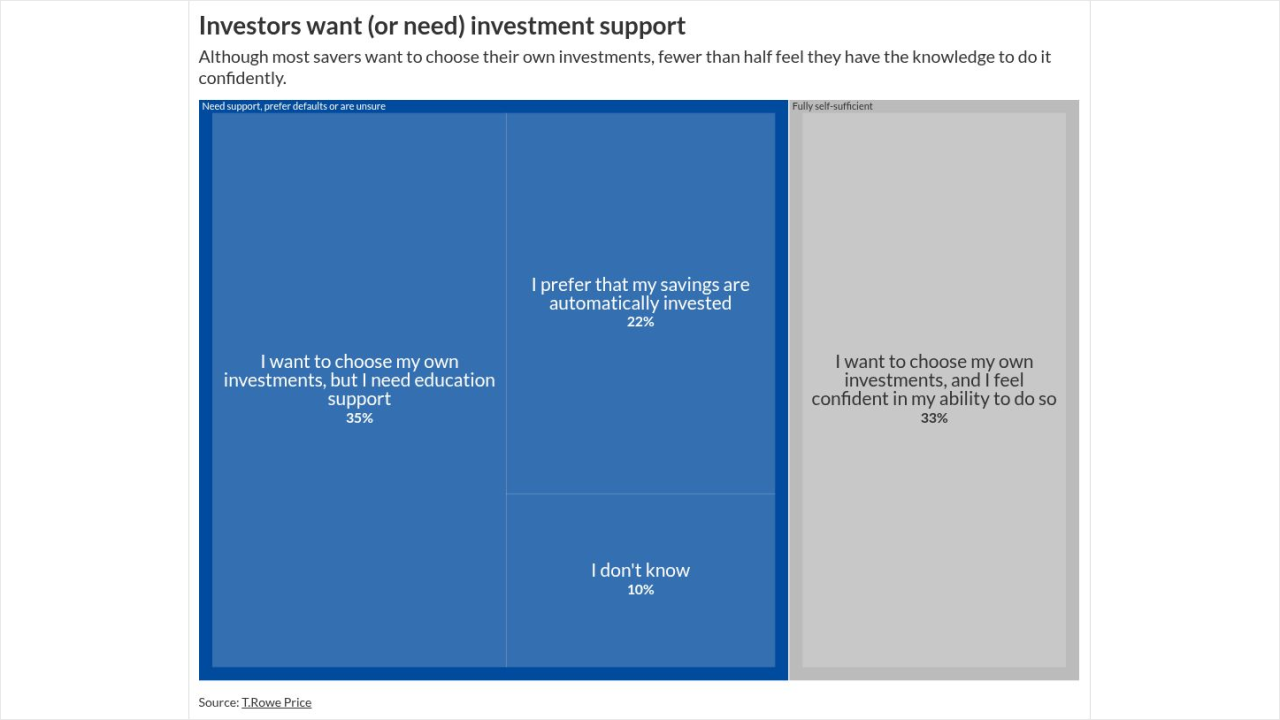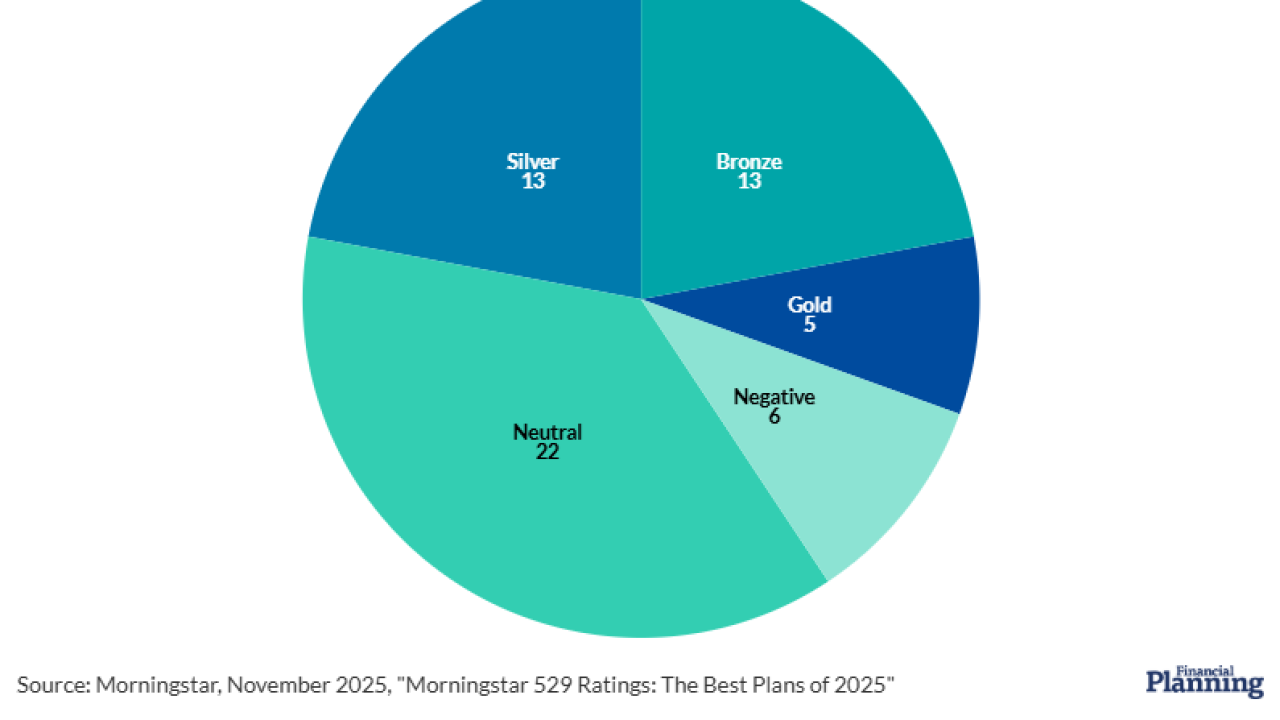This is the 12th installment in a Financial Planning series by Chief Correspondent Tobias Salinger on how to build a successful RIA. See
Social media and technology have changed wealth management marketing plans, but experts say some registered investment advisory firm owners are still operating under misconceptions.
First, do no harm
That starts with avoiding some typical mistakes around

"Ultimately, at the end of the day, what an advisory firm is looking for is more net new assets from right-fit clients," Carpenter said. "Those metrics matter. They're leading indicators of whether or not the tactics that come out of your strategy are working, but they're not the right indicators to understand if your marketing is leading to actual business growth."
Another common RIA marketing misapprehension stems from the fact that the vast majority of new customer leads flow to more than one firm. That makes speedy outreach to the prospective client, along with more "touches" or interactions than some may think is essential, key to converting them, said Robert Sofia, the CEO of
"When small firms try to compete with that, they usually don't do well," Sofia said. "It really requires more creativity and sweat equity to be successful."
READ MORE:
Marketing case studies
Advisors can find ample models across their professional ranks when it comes to effective marketing.
About five years ago, Madera, California-based RIA firm

As part of altering the RIA's primary book of business, Miles-Mattingly hired
"A lot of them struggled with retiring, a lot of them struggled with what they were going to do after that," Miles-Mattingly said, noting that he recorded the first 10 episodes of the podcast based simply on those conversations. "Keeping a close ear to the group of people that you want to help and understanding their problems is critical to making a marketing plan based on what they're going through."
Other aspects of RIA marketing could take many forms. The marketing plan for
"This is one of one," Forster said. "We don't want to compete with the big firms by building another big, corporate firm."
READ MORE:
Start with strategy
These days, there is "a much broader swath" of RIAs and other advisory practices that "are recognizing that marketing needs to be a greater driver of growth than it's been in the past," according to Carpenter. On the other hand, many are using plans involving scheduled campaigns of content such as emails, social posts or other media without having developed a strategy in the form of "an overarching concept of how a business will meet its objectives" through the marketing outreach, she said. Without a thoughtful marketing strategy, these firms run the risk of attracting leads from customers who don't fit the firm's service models or overall philosophy to wealth management.
Fruitful RIA marketing campaigns come from a careful assessment of a firm's ideal client, she said. That profile should combine characteristics involving both demographic factors like age, location, income, net worth and marital status with others that are more linked to a customer's worldview, beliefs, passions and other principles. Those latter categories are "easily as important as the demographics," she said.
"You have to have an ideal client persona," Carpenter said. "That demographic piece matters, but the psychographic piece is really what creates the opportunities for the firms to find the type of client that they want to serve. It goes beyond the numbers."
Sofia cited several examples of RIAs that are boosting their businesses through targeted marketing. One has been digging deeply into health and wellness through sessions with dieticians, fitness instructors and life coaches, to the tune of tens of millions of dollars in new assets under management. A larger RIA doubled its AUM to $40 billion over a four-year span by "running multiple niched funnels" through its advisor teams, he noted. And a third advisor was seeking an edge with
"To build his firm, basically he started a podcast where he was interviewing all of the business leaders in his community about their entrepreneurial journeys and what made them successful," Sofia said. "All of a sudden, all of these people are promoting his podcast."
READ MORE:
Finite time and money must be focused
Smaller RIAs with limited budgets must answer the question of, "Where are your ideal clients spending time?" They must then figure out the best means to find them online or in person and "double down on a channel and refine it and optimize it," Sofia said. Afterward, they can move into other types of content or social media. But they won't have "a complete strategy" until they have considered every step of the client's journey, from the marketing campaign to the nurturing conversations, the sales process and, hopefully, their conversion as a customer, Sofia added.
As RIAs develop their marketing plans, they should know that they are "not going to make one social media post and get 10 clients," Miles-Mattingly said, simply because, "That's not how it works." But they may get one great-fitting prospective customer from a post who then turns into a valuable client — and a potential source of future referrals. The right podcast or blog will "provide valuable information that is useful for them," but the clients and prospects need "a call to action" that inspires them to get in touch or pass the media onto a friend, he said.
"One of my biggest clients reached out to me after they saw me on social media," Miles-Mattingly said. "The missing piece of your marketing is going to be asking for referrals."





